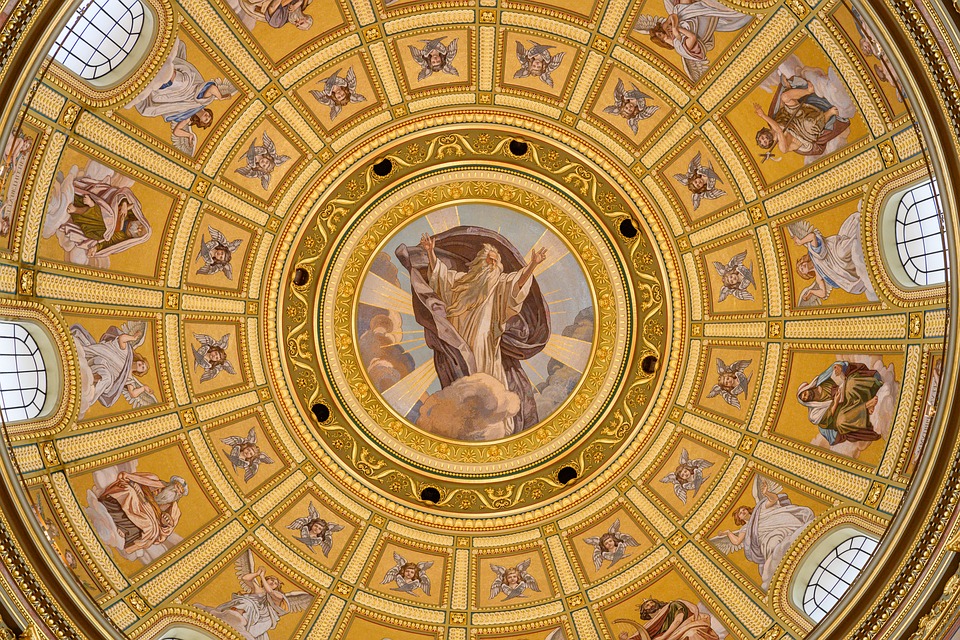The Hidden Stories Behind Famous Historical Monuments
Historical monuments are not just stone structures or pieces of architecture; they are symbols of the past and carry with them stories of triumphs, tragedies, and the lives of people who came before us. While most of us are familiar with the basic facts and significance of famous historical monuments, there are often lesser-known stories and secrets hidden within their walls. In this article, we will explore some of these hidden stories behind famous historical monuments that have shaped our world.
The Great Pyramid of Giza
The Great Pyramid of Giza is one of the Seven Wonders of the Ancient World and has fascinated historians, archaeologists, and tourists for centuries. While most of us know that it was built as a tomb for Pharaoh Khufu, there are several hidden stories that make this monument even more fascinating.
One interesting fact is that the Great Pyramid was originally covered in smooth white limestone casing stones, which reflected the sun’s light, giving it a shimmering appearance. However, over time, these casing stones were plundered for other construction projects, leaving the pyramid with its rough, bare appearance that we see today.
Another intriguing story is the mystery surrounding the construction of the pyramid. While historians believe that it was built by tens of thousands of skilled workers over a period of 20 years, the exact methods and techniques used remain a subject of debate. Some theories suggest that the stones were moved using ramps, while others propose more advanced techniques such as the use of cranes or even extraterrestrial assistance.
The Statue of Liberty
The Statue of Liberty is a symbol of freedom and democracy, welcoming immigrants to the United States since its dedication in 1886. While most of us are familiar with the basics of its history and significance, there are several hidden stories behind this iconic monument.
One lesser-known fact is that the statue was a gift from France to the United States, intended to commemorate the centennial of the American Declaration of Independence. Designed by French sculptor Frédéric Auguste Bartholdi, the statue was constructed in France and then shipped to the United States in pieces before being assembled on Liberty Island.
Another hidden story behind the Statue of Liberty is the symbolism of the statue itself. The statue’s torch symbolizes enlightenment and liberty, while the seven spikes on her crown represent the seven continents and oceans of the world. Additionally, the broken chains at her feet symbolize the end of slavery and the freedom of oppressed peoples.
The Colosseum
The Colosseum is one of Rome’s most iconic landmarks, known for its gladiator battles, animal fights, and public spectacles. While most of us are aware of its historical significance, there are hidden stories behind the construction and use of this ancient amphitheater.
One lesser-known fact is that the Colosseum was built by Emperor Vespasian in AD 72 as a gift to the Roman people. However, construction was not fully completed until AD 80, during the reign of his son Titus. The amphitheater could hold up to 80,000 spectators and was used for various events, including gladiator battles, animal hunts, and mock naval battles.
Another hidden story behind the Colosseum is the use of advanced engineering techniques in its construction. The amphitheater was built using a combination of concrete, travertine limestone, and tufa stone, with a system of ramps, elevators, and trapdoors to move people, animals, and scenery throughout the arena. Additionally, a complex system of sails and awnings was used to provide shade for spectators during hot summer days.
The Taj Mahal
The Taj Mahal is one of India’s most famous landmarks, known for its stunning architecture and romantic history. While most of us are familiar with the basics of its construction and significance, there are hidden stories behind this iconic monument.
One lesser-known fact is that the Taj Mahal was built by Emperor Shah Jahan as a mausoleum for his beloved wife Mumtaz Mahal, who died giving birth to their 14th child. Construction of the monument began in 1632 and took over 20 years to complete, with the help of thousands of skilled artisans, craftsmen, and laborers.
Another hidden story behind the Taj Mahal is the intricate details and symbolism present in its design. The white marble mausoleum is adorned with precious gemstones, intricate carvings, and calligraphy from the Quran, symbolizing eternal love and devotion. Additionally, the garden surrounding the Taj Mahal is laid out in a precise geometric pattern, symbolizing paradise and eternity in Islamic tradition.
In conclusion, famous historical monuments are not just symbols of the past; they are living repositories of stories, secrets, and memories waiting to be discovered. By delving deeper into the hidden stories behind these iconic landmarks, we can gain a greater appreciation for the people, events, and cultures that have shaped our world. Whether it’s the Great Pyramid of Giza, the Statue of Liberty, the Colosseum, or the Taj Mahal, each historical monument holds a unique tale that enriches our understanding of history and heritage.
